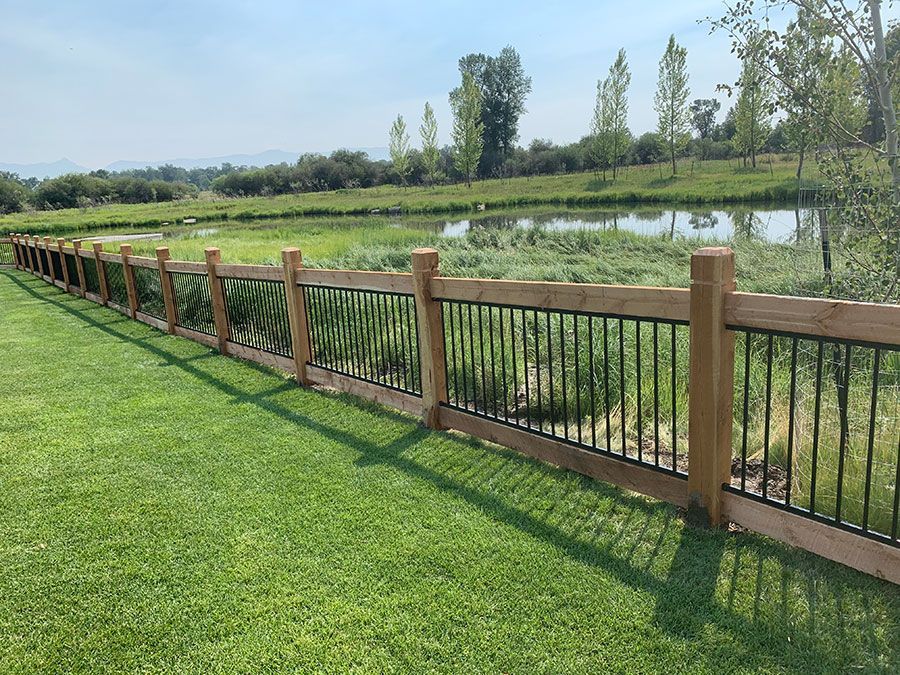Tracing the journey of continuous panel fencing from its humble beginnings to its role as a modern fencing solution.
The Beginnings of Continuous Panel Fencing
Early continuous panel fences were made from basic materials like wood and stone, providing limited protection but lacking the durability of today’s advanced designs.
How Technology Transformed Continuous Panel Fencing
Fencing technology took a major leap during the industrial revolution, with steel production allowing for stronger, more uniform panels. By the mid-20th century, continuous panel fencing became the standard for agricultural and industrial use.
As welding and fabrication technology improved, continuous panel fencing became more customizable and durable. Pre-fabricated panels reduced installation time, marking a shift in how fences were constructed.
The Evolution of Materials in Continuous Panel Fencing
Continuous panel fencing materials have progressed over the years to enhance durability, affordability, and environmental responsibility. Key innovations include:
- Galvanized Steel: Introduced for its resistance to rust and long-lasting performance.
- Powder-Coated Finishes: Added for aesthetic appeal and enhanced protection against the elements.
- Recycled Materials: Growing emphasis on eco-friendly solutions has led to the use of recycled steel and other sustainable materials.
Adoption in Various Industries
Initially developed for farmers and ranchers, continuous panel fencing has found applications across many industries. Today, it’s a top choice for:
- Agriculture: Managing livestock and protecting crops.
- Industrial: Securing warehouses, factories, and storage areas.
- Residential: Enhancing property boundaries and aesthetics.
- Public Spaces: Safeguarding parks, playgrounds, and recreational areas.
The flexibility of continuous panel fencing has made it a preferred solution in various sectors worldwide.
What’s Next for Continuous Panel Fencing?
Looking ahead, continuous panel fencing will continue to evolve with innovations in technology, sustainability, and design. Upcoming trends include:
- Smart Fencing: Integration of sensors and technology for automated monitoring and security.
- Modular Designs: Easier customization and reconfiguration to adapt to changing needs.
- Green Materials: Increased use of recycled and biodegradable materials to minimize environmental impact.
These innovations ensure that continuous panel fencing will remain a key element of modern fencing solutions in the future.
Wrapping Up
The journey of continuous panel fencing showcases its evolution from simple enclosures to cutting-edge solutions. Its adaptability and durability have made it a trusted choice across industries, and with future innovations on the horizon, its potential is limitless. Ready to invest in a fencing solution that stands the test of time? Contact Montana Fence today!
